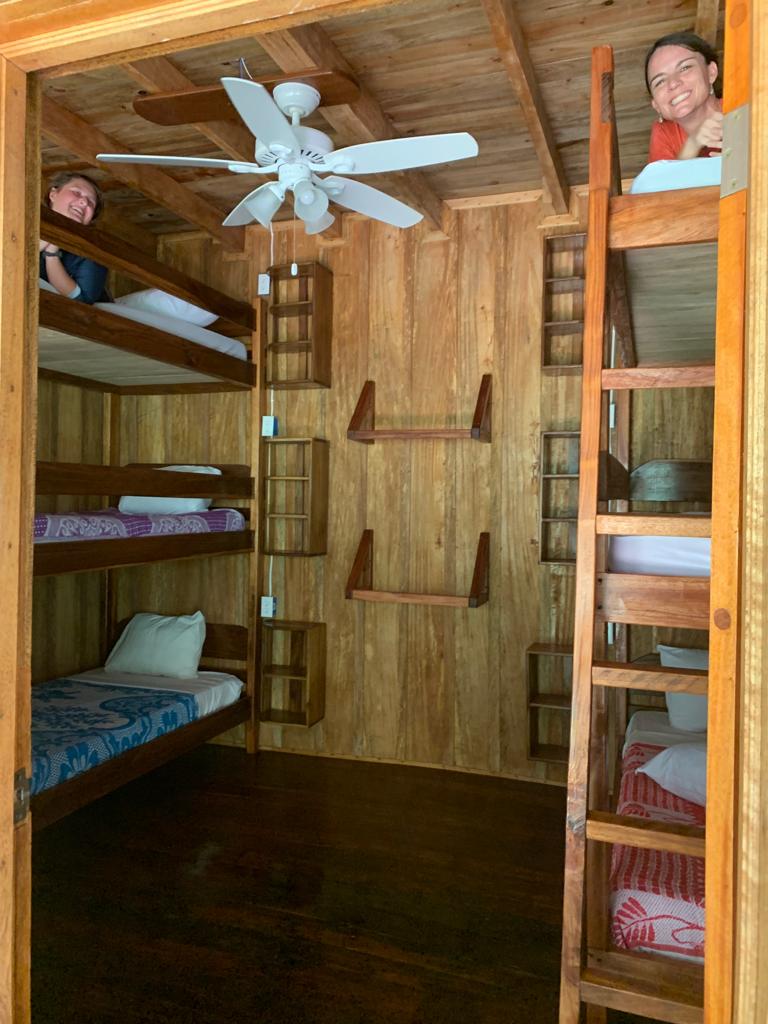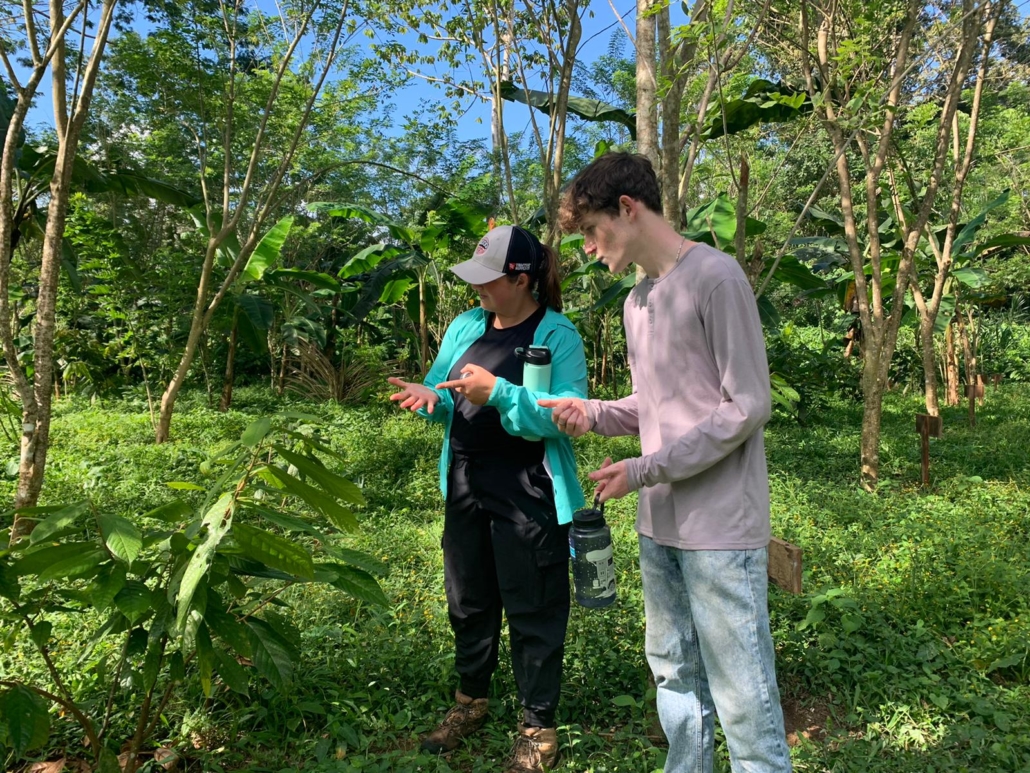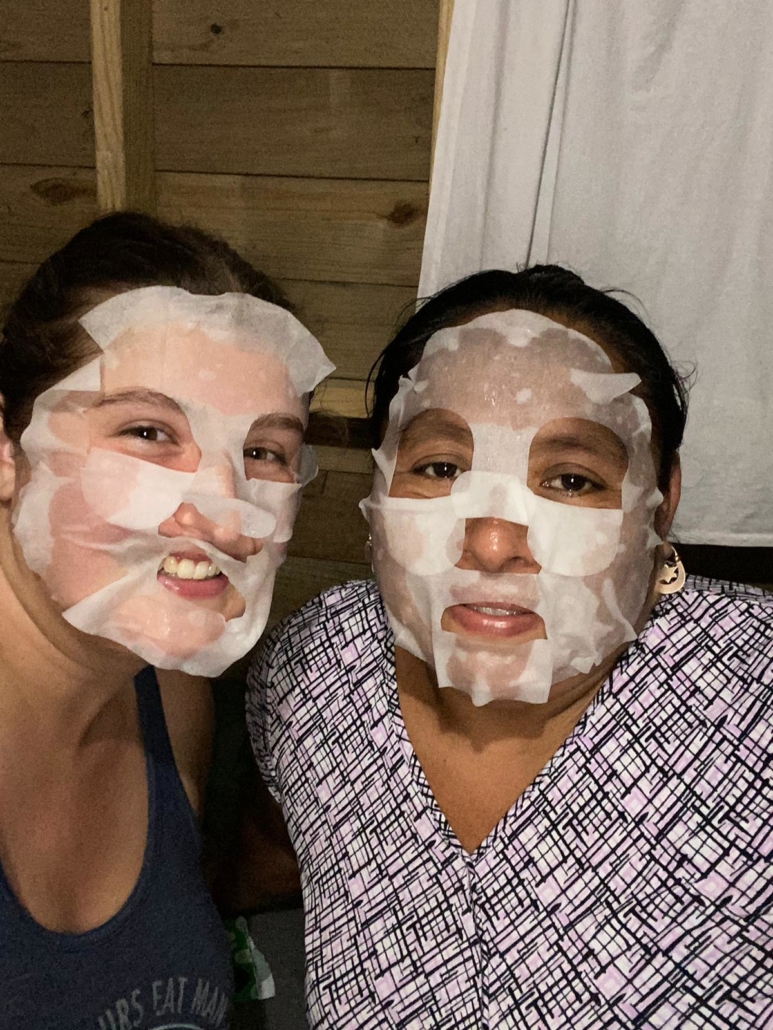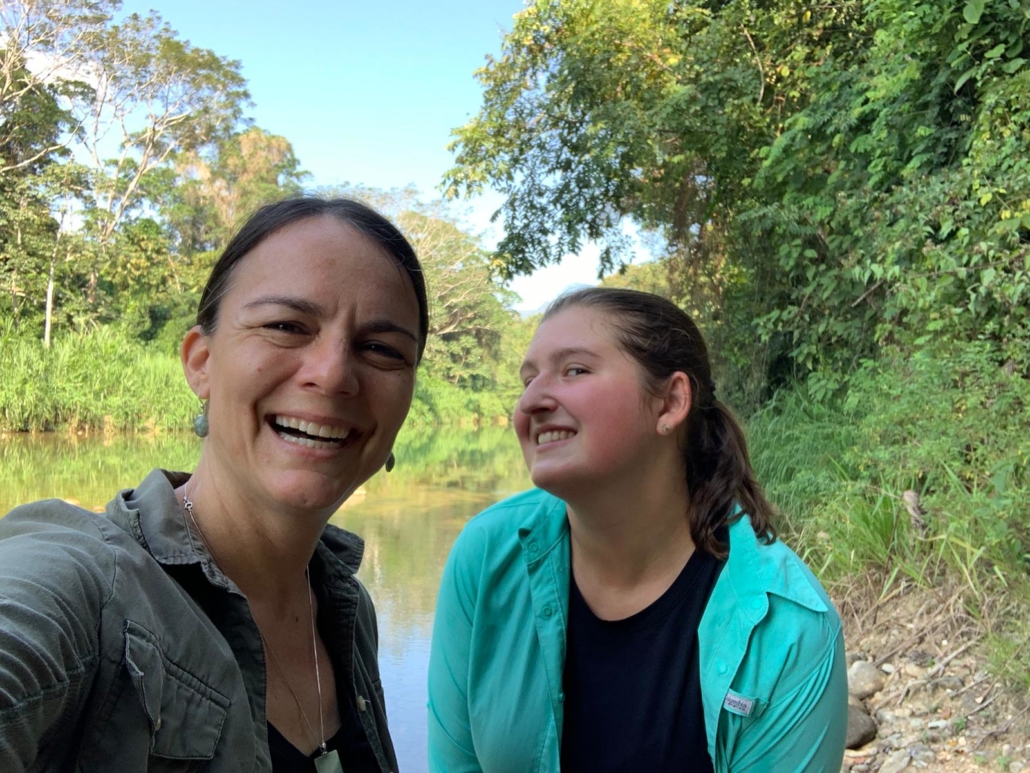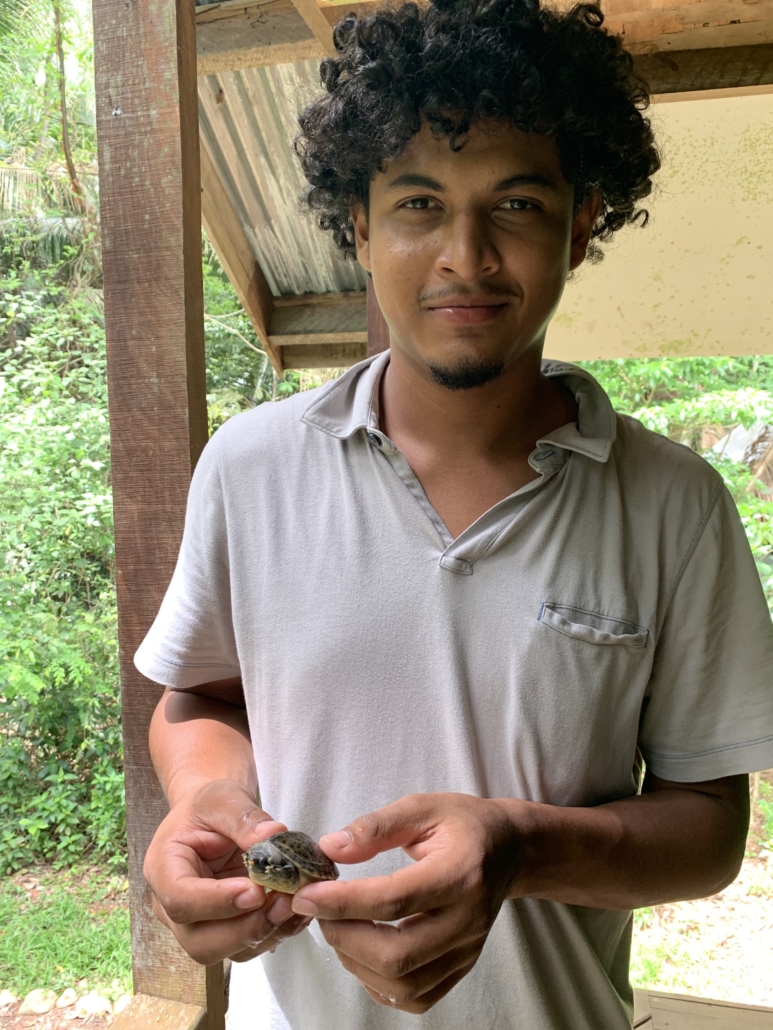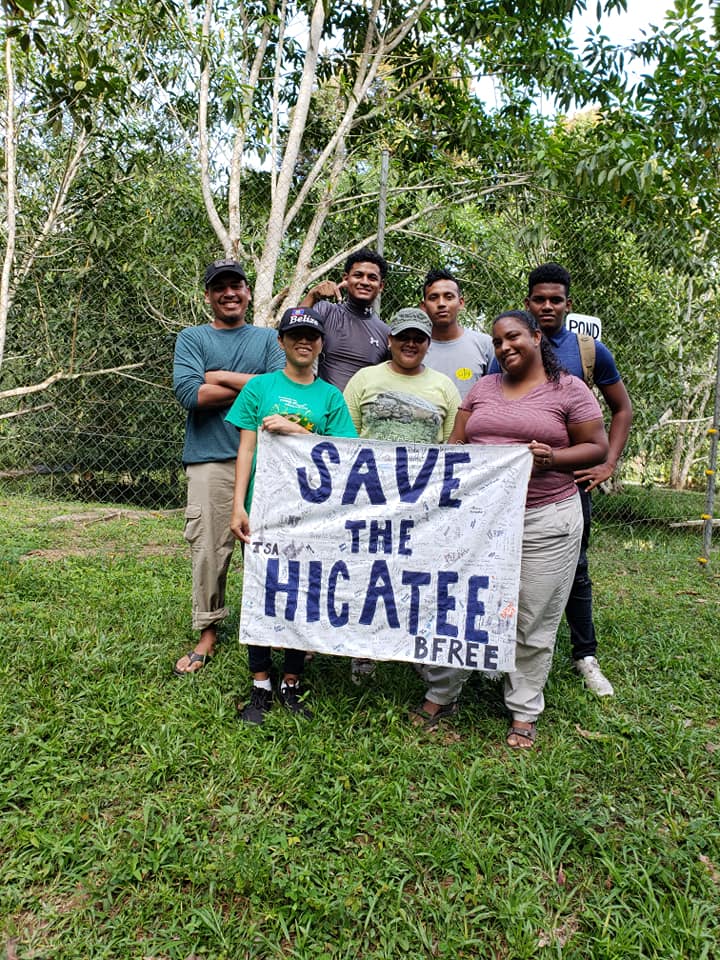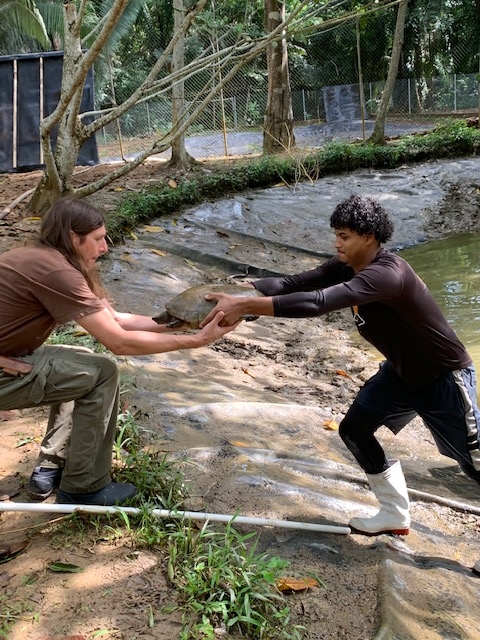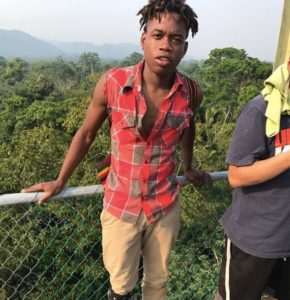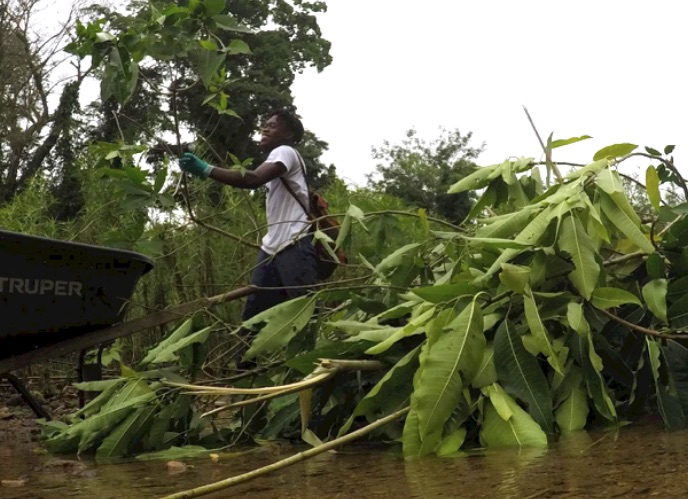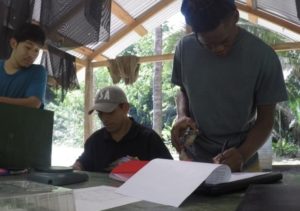Autumn Dietrich Completes 10-week Internship at BFREE
BFREE internship opportunities have returned since the start of the COVID-19 pandemic. After more than two years of not hosting interns, Autumn Dietrich is welcomed with open arms to BFREE for a 10-week program from January to March 2022.
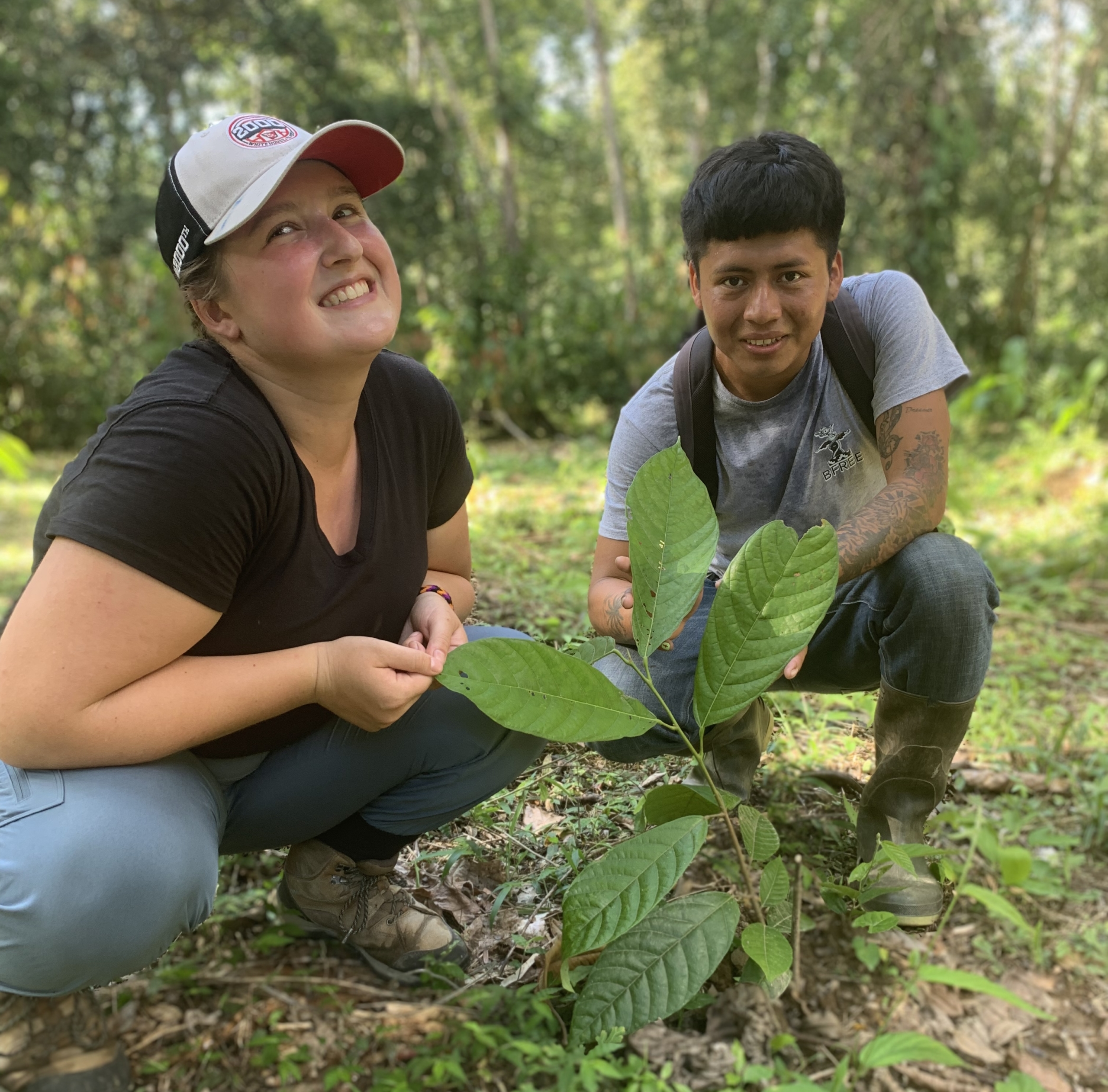
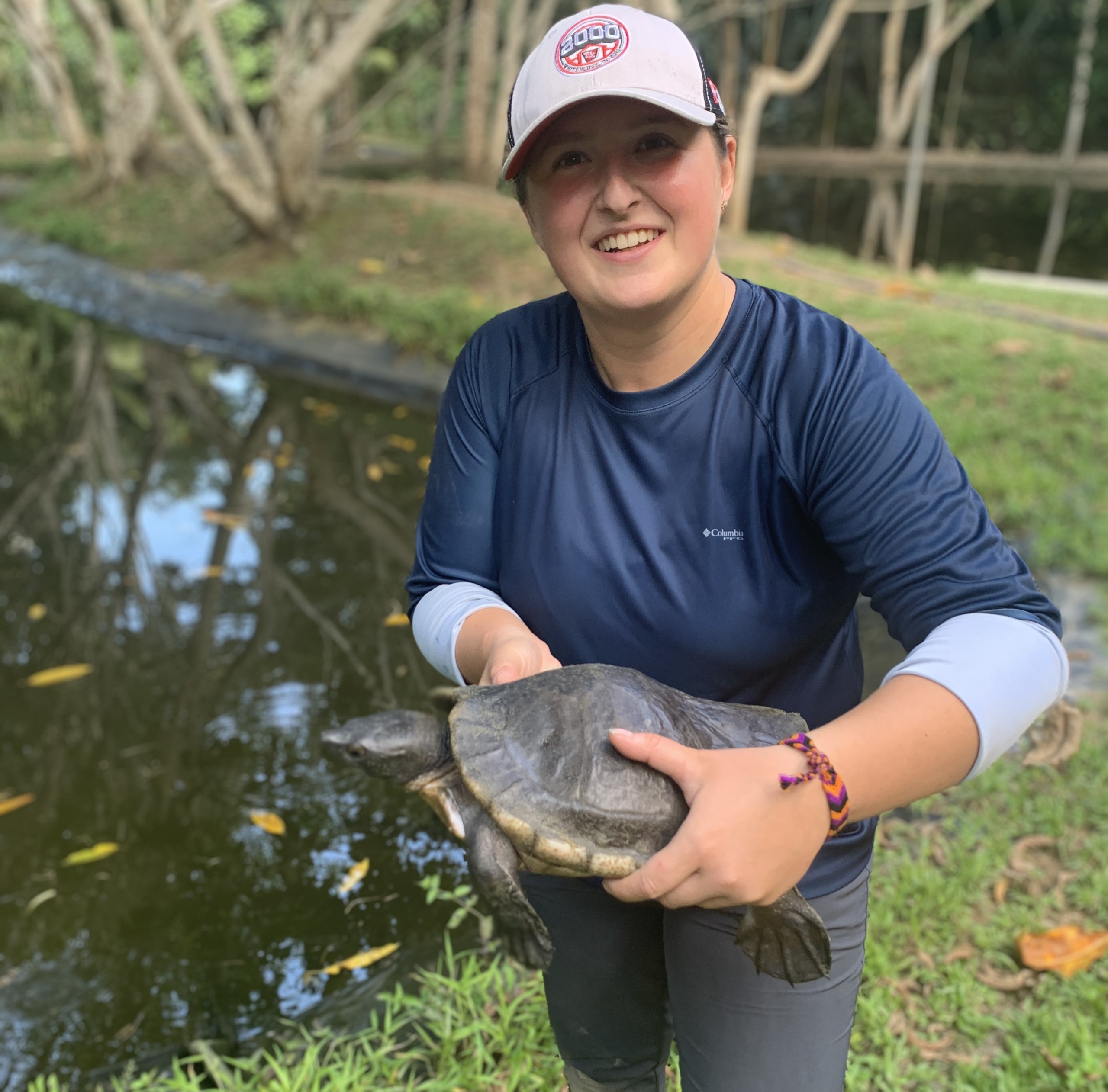
Autumn is no stranger to BFREE. She first visited on a Field Course as an undergrad with Western Michigan University in 2018. On a hike with Protected Areas Manager, Sipriano Canti, Autumn describes the experience as having changed her life. Impressed by the sheer scale of life that existed at BFREE, she hiked with her fellow classmates winding through trees, climbing embankments of creeks, and cutting through giant leaves. The hike led the group to the Ranger Observation Post on the boundary of BFREE and the neighboring farming village of Trio. Autumn’s excitement turned to dismay as she witnessed for the first time the harsh boundary line between a healthy and thriving forest and a large expanse of farmland. At this moment, she felt an overwhelming feeling that she wanted to help make a difference and help support protected areas. She knew she would come back to BFREE.
After graduation, Autumn applied to return to BFREE as an intern for three months, April – June 2020. At the time, we had no idea we would soon be facing a global pandemic. Determined not to give up on her dream to return to BFREE, Autumn’s postponed trip came to fruition this year when she traveled to Belize in January.
Autumn worked alongside BFREE staff during her ten-week internship, providing invaluable support. Her first week was spent documenting and assisting a research crew from Kutztown University. They are establishing a long-term experiment that quantifies the influence of Yucatán black howler monkeys on biodiversity and ecosystem function in Belize. She then assisted Cacao Fellow, Mark Canti on a large-scale survey of the cacao farm to determine the farm’s overall health. When not focused on collating the cacao survey data, Autumn assisted Housekeeping Manager, Ofelia Cus with preparing accommodations for visitors and BFREE Chef, Edwardo Pop in the kitchen.
In addition to supporting BFREE’s various conservation initiatives, Autumn, immersed herself in learning and experiencing Belizean culture. She was honored when Operations Manager, Elmer Tzalam and his wife Gina invited her to spend a weekend with them at their home in Golden Stream. Autumn loved spending time with Elmer and Gina’s two children, Esther (12) and Travis (9), and enjoyed a delicious homemade dinner of panades, a dish that’s similar to empanadas but with a Belizean and Mayan twist.
Living full-time at BFREE for ten weeks brings plenty of challenges. The remote location and intense heat are not for the faint of heart. However, Autumn not only thrived during her two+ months, but she also brought so much joy and laughter to the BFREE community. Thank you so much, Autumn, for your sincere dedication to BFREE’s mission and for being an incredible and loyal team player. We all look forward to seeing you amongst the giant ceibas again one day!
